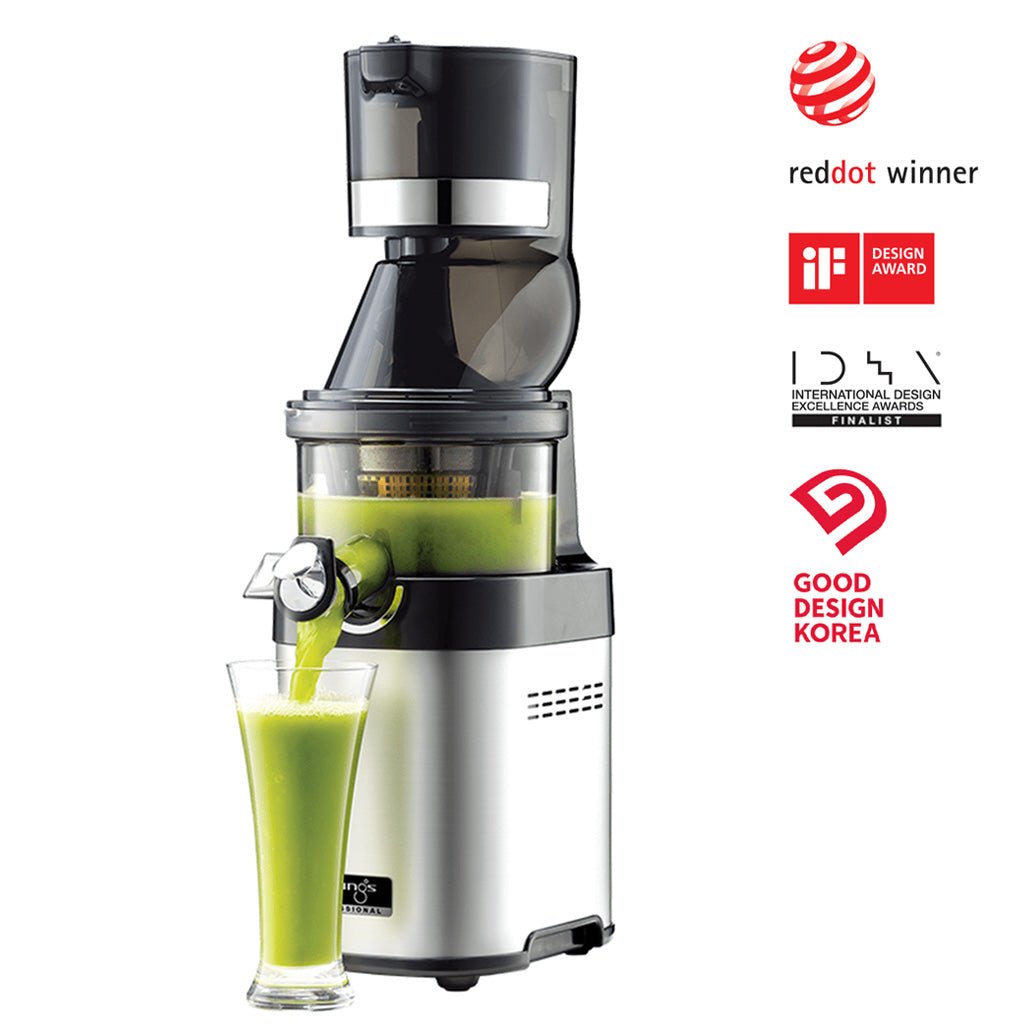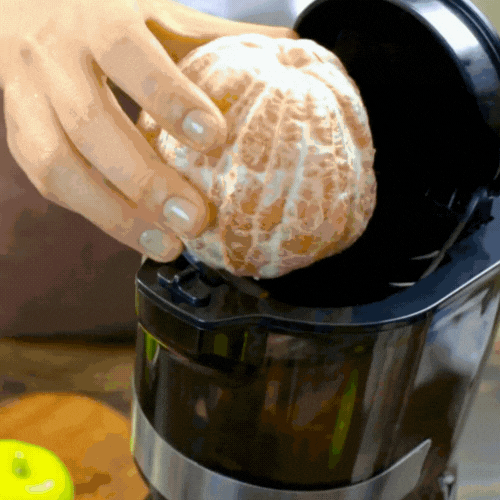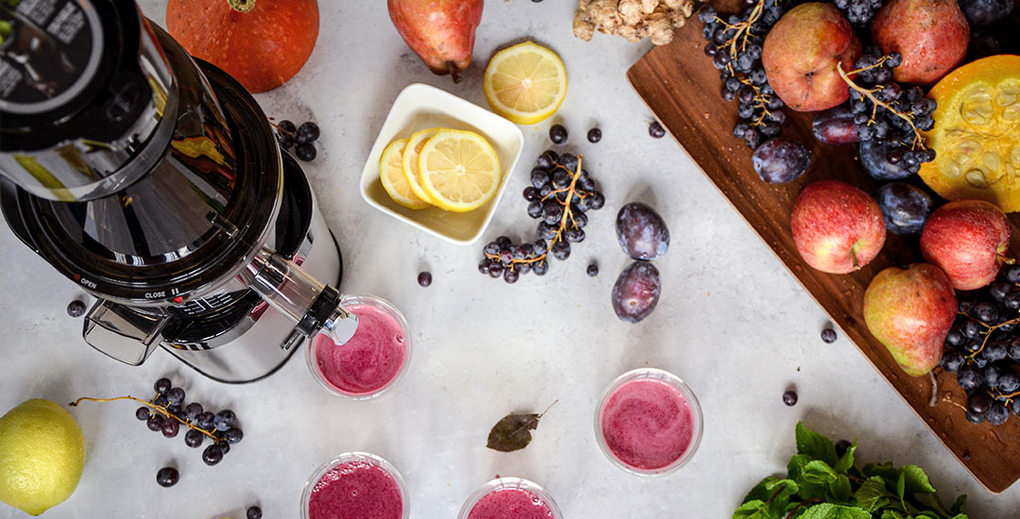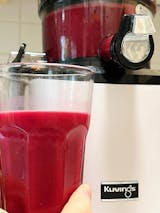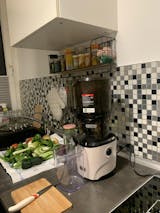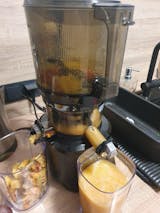Juices vs. Smoothies
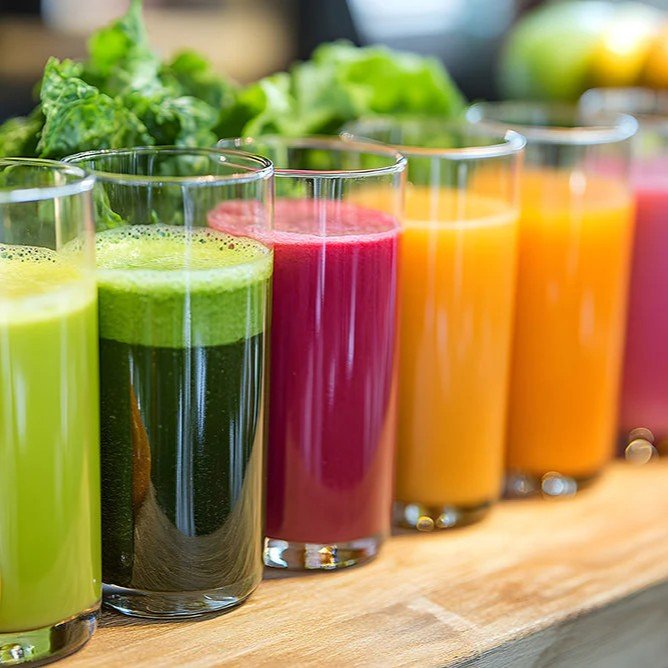
What really distinguishes juices and smoothies?

Although they are often confused, there are four key differences between juices and smoothies:
- Fiber
- Nutrient absorption
- Ingredients
-
Consistency and texture
Once you better understand the differences and the benefits of each, you can decide which drink suits you better—or perhaps you want to incorporate both into your diet!

1. Fiber
The main difference between juices and smoothies is the fiber content.
When people think of fiber, they immediately think of fruit pulp. Therefore, many assume that juices don't contain fiber—because they don't contain pulp. In fact, juices do contain soluble fiber.
Soluble fiber dissolves in water in the stomach and intestines. It slows digestion, promotes satiety, supports weight management, and is beneficial for intestinal health.
Insoluble fiber, on the other hand, adds bulk to the stool and keeps you fuller for longer. The visible pulp is one of these insoluble fibers.
Since juices contain little to no pulp, they provide hardly any insoluble fiber.
Smoothies contain both types of fiber because they are a mixture of pulp and liquid.
If fiber is important to you, smoothies are a better choice.
Juices, on the other hand, are easier to digest and are gentler on the stomach.
2. Nutrient absorption
Before the body can absorb nutrients, it must digest them. The fiber content influences how quickly this happens. The more fiber, the slower the absorption.
Since juices contain hardly any insoluble fiber, the nutrients can be absorbed more quickly – ideal for a quick energy boost, for example in the morning.
Smoothies contain both types of fiber and therefore provide a slower but longer-lasting energy boost. They are ideal as meal replacements.
3. Ingredients
A wide variety of fruits, vegetables, and herbs can be used in both juices and smoothies. However, some ingredients are better suited to one or the other.
Water-rich or solid ingredients are ideal for juices – they provide a high juice yield and dry pomace.
Soft fruits are better for smoothies – they provide a creamy texture.
For example, apples and beets contain a lot of water and are ideal for juices. Avocados, on the other hand, have a creamy consistency and are better suited to smoothies.
So an apple-beetroot juice with an avocado smoothie makes more sense than an avocado juice with an apple-beetroot smoothie.
Another difference: Juices don't require any additional liquid—the fruit provides enough juice. Smoothies, on the other hand, require water or milk to be blended—which can dilute the flavor somewhat.
4. Consistency & Texture
The consistency of a drink depends heavily on the amount of pulp.
Juices are usually clear and thin – almost completely free of pulp.
Smoothies, on the other hand, are creamier and thicker—depending on the ingredients. However, they can easily be adjusted: With more liquid, a smoothie becomes thinner and more similar in consistency to a juice.
Whether you prefer a light, clear juice or a filling smoothie depends on your preferences.
Conclusion
Here is a brief summary of the most important differences between juices and smoothies.
| Juice 🥤 | Smoothie 🍹 |
|---|---|
| Contains soluble fiber | Contains soluble and insoluble fiber |
| Little to no pulp | Contains pulp |
| Fast nutrient absorption | Slower, sustained absorption |
| Ideal for an energy boost | Suitable as a meal replacement |
| Perfect for water-rich ingredients | Perfect for soft, creamy ingredients |
| No additional liquid needed | Additional fluid needed |
| Intense taste | Creamy, mild taste |
| Clear & thin | Thick & filling |
Juices are ideal if you want to quickly absorb a lot of nutrients from raw ingredients. Smoothies, on the other hand, provide a long-lasting feeling of satiety – without sacrificing valuable fiber.
Simply choose the drink that best suits your daily routine and goals – or incorporate both into your diet!
With a Kuvings juicer, preparing healthy juices and smoothies is easy! Our machines include both a juice strainer and a smoothie strainer, giving you complete flexibility in one device.
This article was reprinted with permission from www.kuvingsusa.com.


![[ Kuvings ausgezeichnet ] Präsidentenauszeichnung für regionale Innovation in Südkorea - Kuvings Deutschland](http://kuvings.de/cdn/shop/articles/kuvings-ausgezeichnet-prasidentenauszeichnung-fur-regionale-innovation-in-sudkorea-1602687.jpg?v=1762447229&width=1080)
![[ Kuvings x SV Werder Bremen ] Ein Tag voller gesunder Energie - Kuvings Deutschland](http://kuvings.de/cdn/shop/articles/kuvings-x-sv-werder-bremen-ein-tag-voller-gesunder-energie-5645597.jpg?v=1761784399&width=1080)
![[ World.einnews ] Kuvings – Premium-Entsafter, zehn Jahre Kundenzufriedenheit - Kuvings Deutschland](http://kuvings.de/cdn/shop/articles/worldeinnews-kuvings-premium-entsafter-zehn-jahre-kundenzufriedenheit-8707310.jpg?v=1759943578&width=1080)




